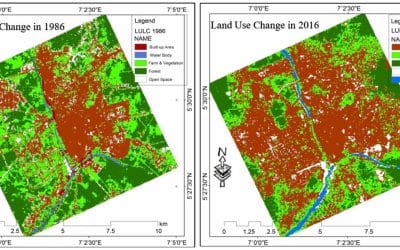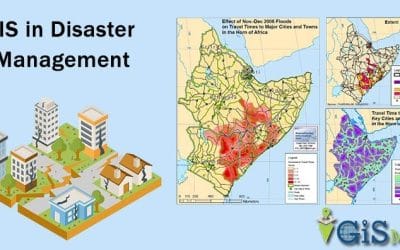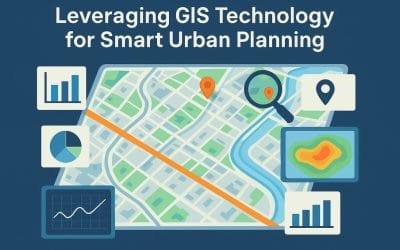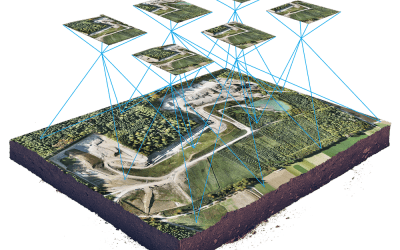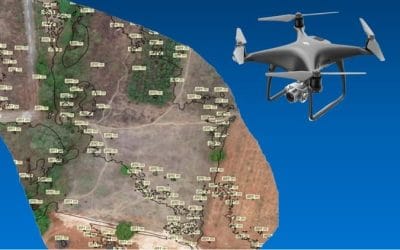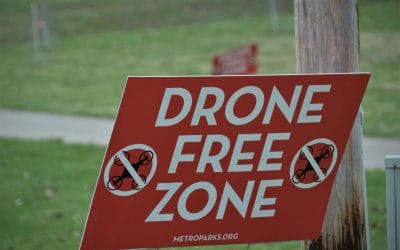Drone Hardware components
Many typical drones have two units: receiver and transmitter. The receiver unit consists of the drone, and normally the transmitter unit is a ground-based controller system that allows the user to send commands (operations to be performed) to the drone.
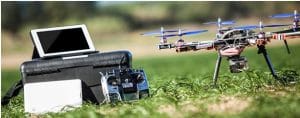
- Body and chassis
There are three main types of drones: multi-copter tailless, mono-and bi-copter tail-less, and fixed wings. Quadcopters are the most popular drones in the multicopter industry. For these drone body shells are available in various online stores.
- Power supplies
A drone has various power sources including battery, solar, hydrofuel cell, combustion engine, cable-tube power supply, and laser beam power. A lithium-polymer battery is the commonest source of power.
- Actuators and motors
These include digital electronic speed controllers connected to engines, propellers, servomotors and others.
- Sensors
Various sensors are used according to demand and application in a drone. Position and motion sensors provide information on aircraft status. Laser, radar, camera, gyroscope, accelerometer, compass, barometer, and GPS receiver are common sensors.
- Computing
Drones use state-of – the-art computing technology, from analog controls to microcontrollers, on-chip systems, and single-board computers.
- Software
Flight stack or autopilot software are used in drone applications. There is easily accessible open source software such as ArduPilot, OpenPilot, Paparazz, and others. Most mobile apps are available for drones, too.
- Remote control
Most drones use radio frequency to communicate between the remote and the drone, which can operate autonomously or semi-autonomously. Operator-side remote control signals can be issued from one of the following: ground control, which is a human operating radio transmitter, smartphone, computer, or similar control system.





























































































